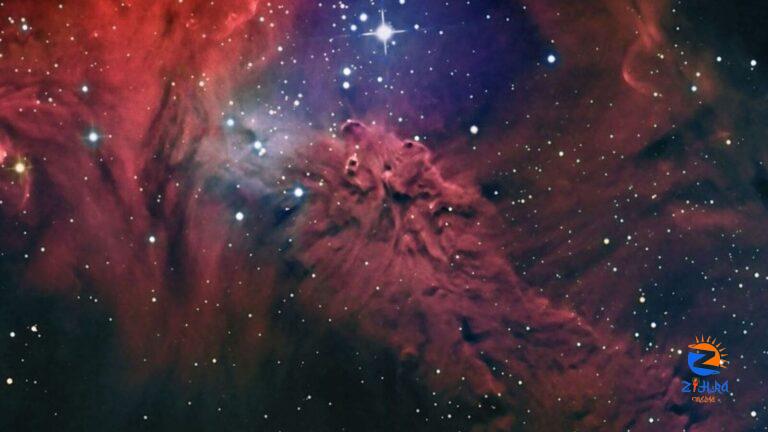
[ad_1]
NASA images: Stars may give a twinkling appearance when spotted with a naked eye from the Earth. Ever wondered what these balls of gas and dust actually look like?
NASA’s Hubble Space Telescope exemplifies how stars and several astronomical bodies look strikingly different than expected. Hubble has profoundly altered our understanding of the universe, from analyzing the atmospheric composition of exoplanets to uncovering the mysteries of dark energy, said the space observatory. Here are some images:
Top five images of stars and galaxies, as seen from NASA’s Hubble Telescope
Spiral galaxy NGC 5668
This image from the NASA/ESA Hubble Space Telescope showcases the spiral galaxy NGC 5668 in the constellation Virgo. Located approximately 90 million light-years from Earth, it is relatively close and easily observable with both space-based and ground-based telescopes. Although it may not appear extraordinary at first glance, NGC 5668 spans about 90,000 light-years, similar in size and mass to our Milky Way galaxy, and its nearly face-on view reveals open spiral arms with cloudy, irregular patches.
A notable distinction between NGC 5668 and the Milky Way is that NGC 5668 forms stars 60% faster than the Milky Way.
This image shows the formation of the Tarantula Nebula, as observed by the Hubble telescope. According to the NASA, this image has been developed with the process of sonification, which translates astronomical data into sound, similar to how digital data are more routinely turned into images.
These data are mapped to a range of sounds including soft, low musical pitches (red regions), a wind-like sound (white regions), piano-like synthesizer notes indicating very bright stars, and a rain-stick sound for stars in a central cluster, said the space observatory.
Thousands upon thousands of stars illuminate this striking image of star cluster Liller 1. This stellar system, located 30,000 light-years from Earth, formed stars over 11 billion years, stated NASA.
Elaborating on how stars are formed, NASA stated that billions of stars light up the galaxies across the universe. Each luminous sphere of hydrogen and helium originates from a nebula, a vast cloud of gas and dust. Inside these clouds, dense regions can develop, attracting more gas and dust until they become large enough to collapse under their own gravity. As the collapse progresses, the center of the region heats up, forming a hot core known as a protostar.
Over millions of years, the protostar accumulates more dust and gas, eventually evolving into a fully developed star like the Sun. Throughout this process, the heat generated in the core creates enough outward pressure to counteract the inward gravitational force, preventing the star from collapsing.
This image from the NASA/ESA Hubble Space Telescope showcases the spiral galaxy IC 4709, situated approximately 240 million light-years away in the southern constellation Telescopium. The Hubble telescope vividly captures its delicate halo and swirling disk, which is rich in stars and dust bands. The most striking feature may be the dense core region, which contains an active galactic nucleus.
This image from the Hubble Space Telescope depicts the unbarred spiral galaxy NGC 5033, situated approximately 40 million light-years away in the constellation Canes Venatici (the Hunting Dogs). With a diameter of just over 100,000 light-years, NGC 5033 is similar in size to the Milky Way galaxy.
Like the Milky Way, NGC 5033’s spiral arms feature blue areas, which signify active star formation. These blue regions are home to hot, young stars in the process of forming, while the older, cooler stars concentrated in the galaxy’s center give it a redder appearance.
Catch latest updates here.
Catch all the Business News, Market News, Breaking News Events and Latest News Updates on Live Mint. Download The Mint News App to get Daily Market Updates.
MoreLess
[ad_2]